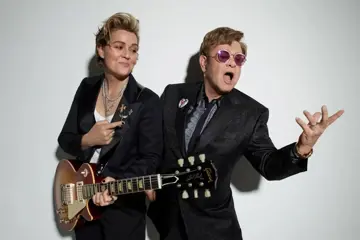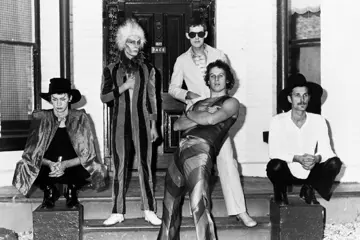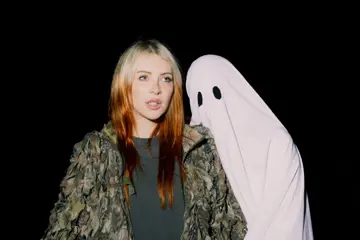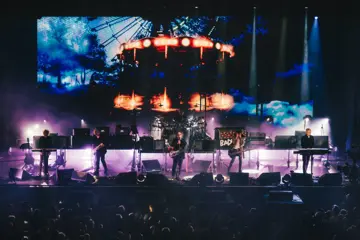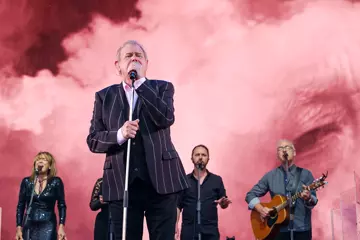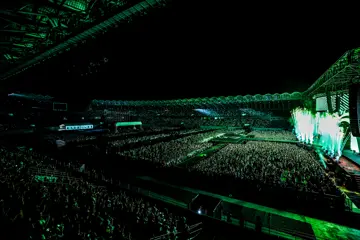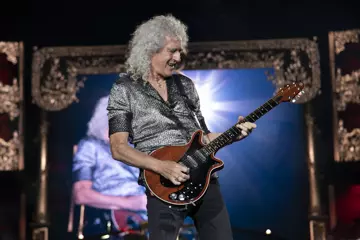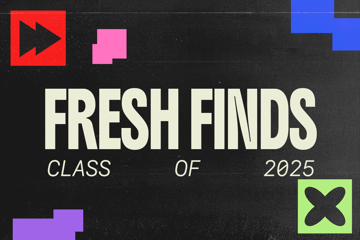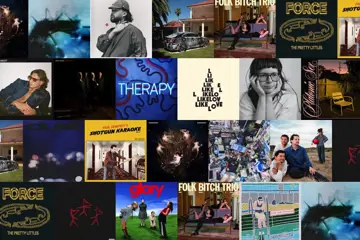Cabin in the Woods not only spoofs horror-movie tropes, it retroactively rewrites them. Masquerading as a fairly snug-fit hillbilly horror film, Cabin in the Woods begins as they all do, with a group of friends leaving for a, well, you know where this is going.
But the film quickly stretches that familiar abstraction into a dizzying array of possibilities; a veritable star-map of the genre's every iteration, including every iteration (again) upon those. To add further madness to that incomprehensible feat, the film concludes with this array of possibilities being capitalized on simultaneously. For the horror buff, the way Cabin in the Woods layers meta-narratives towards achieving this end is positively dizzying. Though a lot of why the film works can be credited to its gleefully deconstructive plot, it's a story that could've potentially fallen flat as a mere technical/geek experiment, were it not also characterised incredibly well.
Writers Joss Whedon and Drew Goddard create characters and their dynamics in such a way that just a single line of dialogue immediately sparks something real, and something very human and electric behind its speaker's eyes. Whedon is a guy, who - like Dan Harmon – has honed these economised yet fulfilling character algorithms that are capable of imbuing even the most deliberate of archetypes with some emotional purchase; with an eminent watchability, exposing him as a sturdy go-to guy for making films with big casts and big ideas really work. Masterfully executing a thrilling, high-concept narrative with lightness and ease, Cabin in the Woods is a dizzyingly original film whose far-reaching cleverness is a maddening joy to behold.

